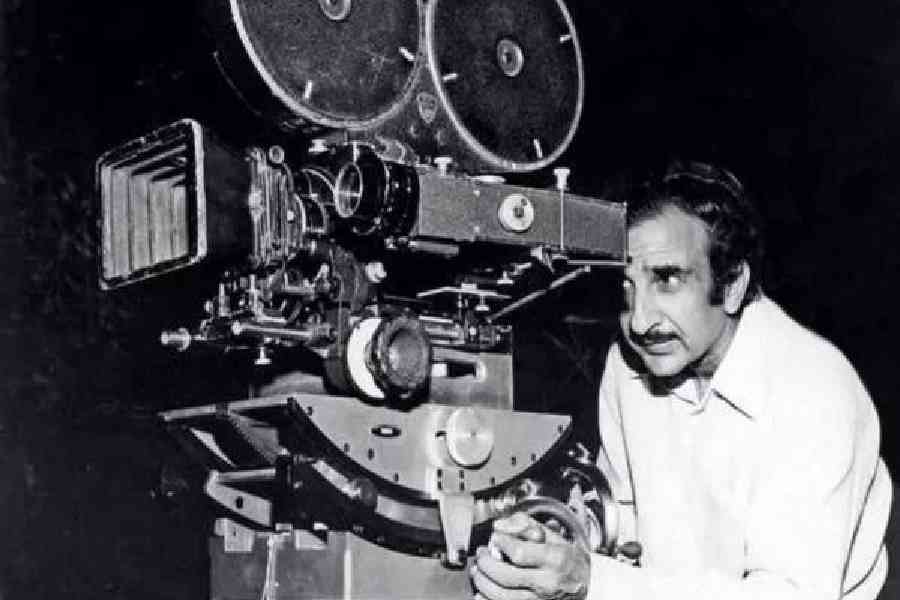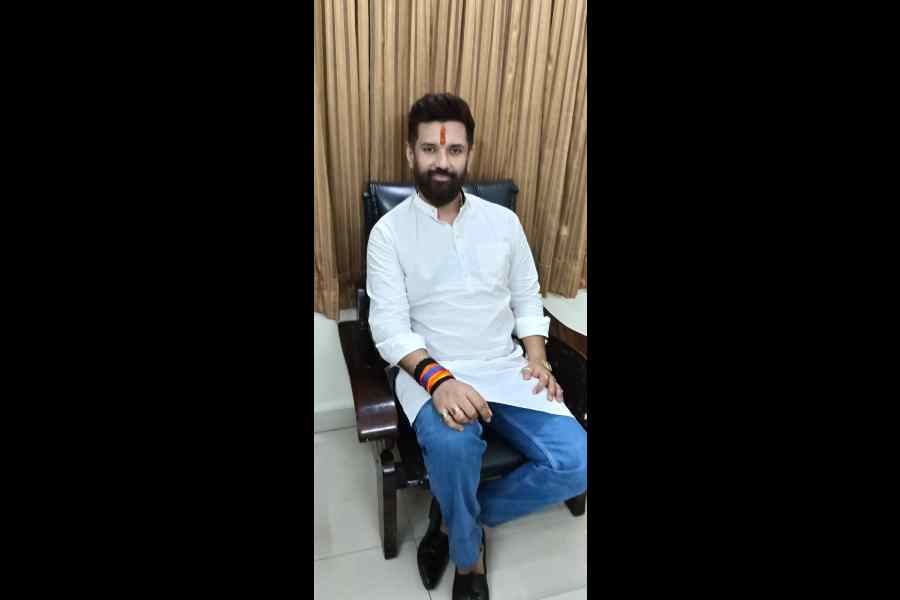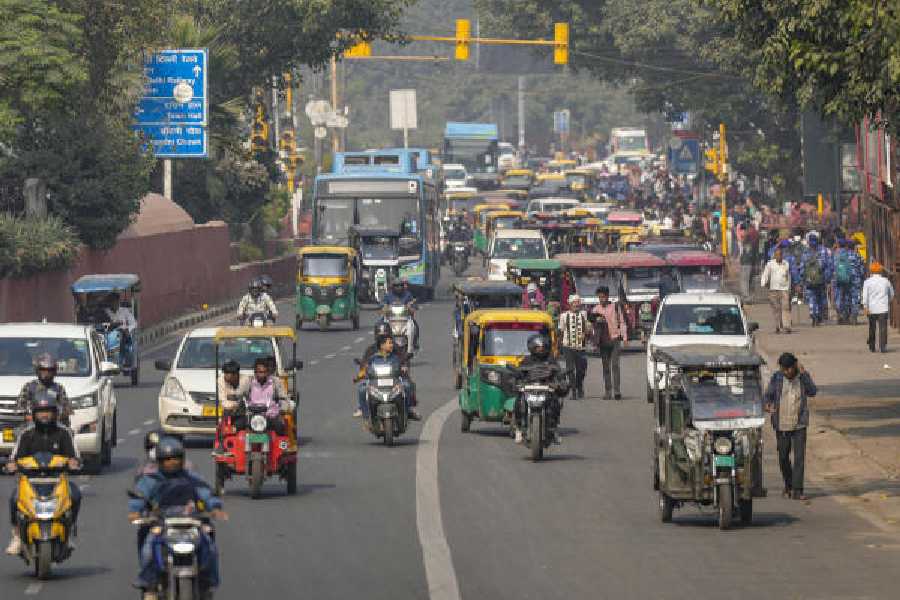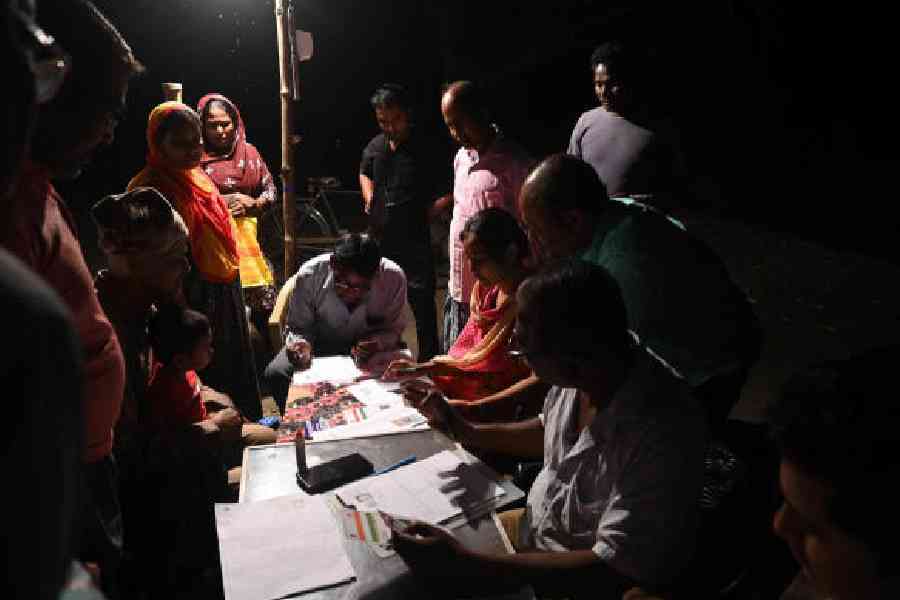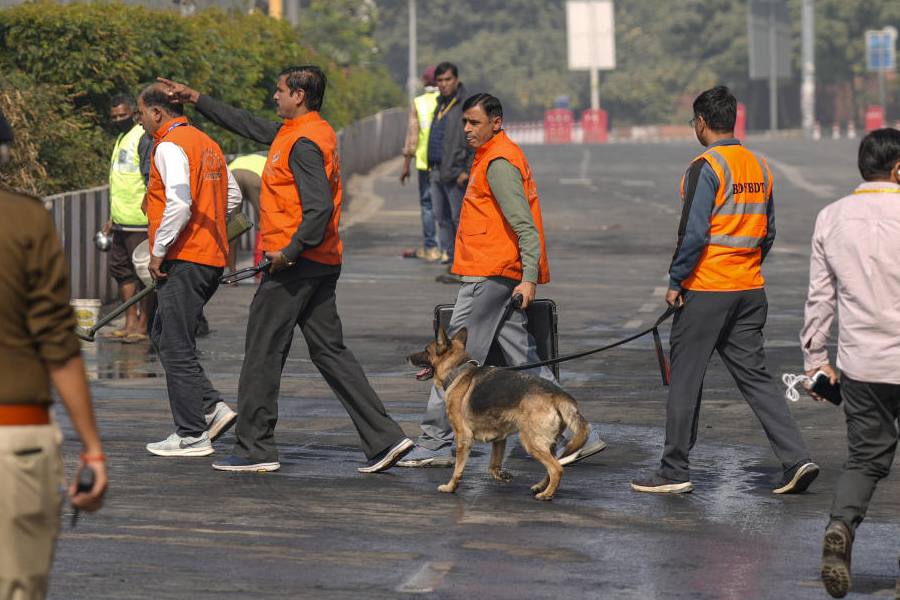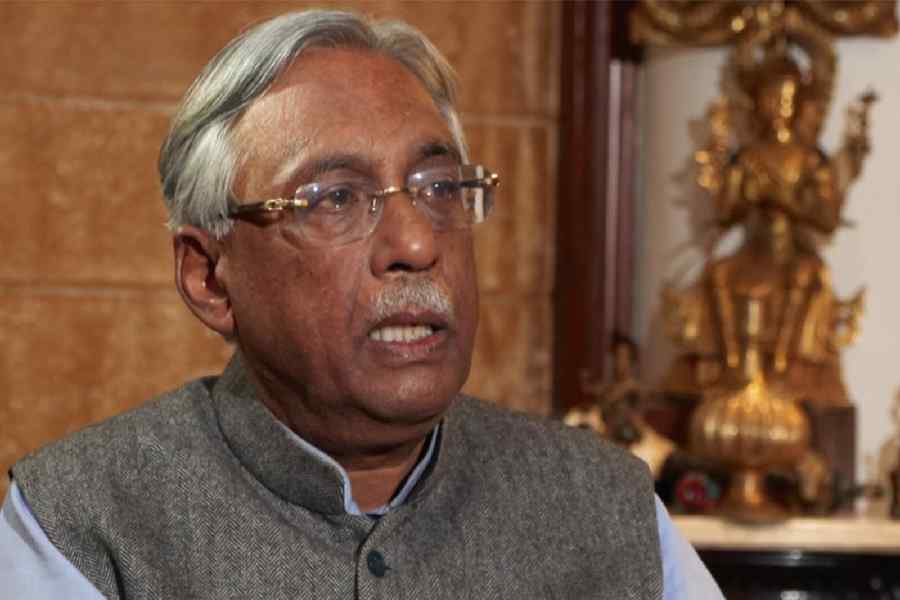Book name- RAJ KHOSLA: THE AUTHORIZED BIOGRAPHY
Authors- Amborish Roychoudhury with Anita Khosla and Uma Khosla Kapur
Published by- Hachette
Price- Rs 799
In the 1950s and the 60s, in a small corner of the Hindi-speaking heartland, the name, ‘Raj Khosla’, carried many exciting meanings in cinema: thrillers, family dramas, romances, spectaculars varied but none without a touch of unforgettable music. Khosla’s repeated successes as a director in the fiercely competitive and remorselessly cruel Bombay film industry put him in the same bracket of popularity as some of his close friends which included Guru and Geeta Dutt, Dev Anand, Sunil Dutt and Sadhana. In those days, as much as in the present times, it was no mean feat for a director to share honours evenly with matinee idols enjoying cult status.
Amborish Roychoudhury, with anecdotal assistance from Khosla’s daughters as well as his friends and associates, has come up with a biography that gives us the essence of an ambitious artist who grew to learn the many areas of his craft gradually till a time came when the very mention of his name spelt box-office success, sometimes to the accompaniment of critical acclaim. But Roychoudhury does more than that — he effectively locates his subject at home, in the family, in the studios, in restaurants and hotels, in the Bombay beyond which combined a certain upper-class refinement with the proverbial rat-race that caused many a success story to turn sour.
The uniqueness of Khosla — the man — is as much a treat to read as it is to see the artist in him grappling with soaring success and the occasional searing failure with equal equanimity. Many similar biographies on Bombay stars or directors have failed to attract notice for want of substance or style, or both; encouragingly, for both the writer and the reader, here is an exception. Khosla’s biography, even if it is an “authorized” one, is believable and readable because it is painstakingly researched; it refuses to go overboard with its praise; it is written lucidly in an attractive style; and, most importantly, it aims at studying the director’s career in the context of
the heady times in which he worked with a gallery of eminences and also-rans.
Perhaps the most engaging chapter in the book is the one dealing with the making of Khosla’s box-office hit, Mera Gaon Mera Desh (1971), a dacoit thriller that appears to have been the inspiration for Ramesh Sippy’s Sholay. It is a different matter that the Sippys have not been known to be expansive on the subject, or that enraptured viewers failed to notice the pioneering nature of the Khosla original. Despite the success of C.I.D., Kala Pani, Do Raaste or Mera Saya, Khosla had a sorry end, broken more in body than in spirit; yet another celebrated victim of a whimsical industry that knows how to entice people to serve its own interests but rarely, if ever, to take them into its fond embrace. All this, and more, is the staple of this entertaining book, entertaining in the sense of being creative and meaningful even whilst moving within the commercial format.

